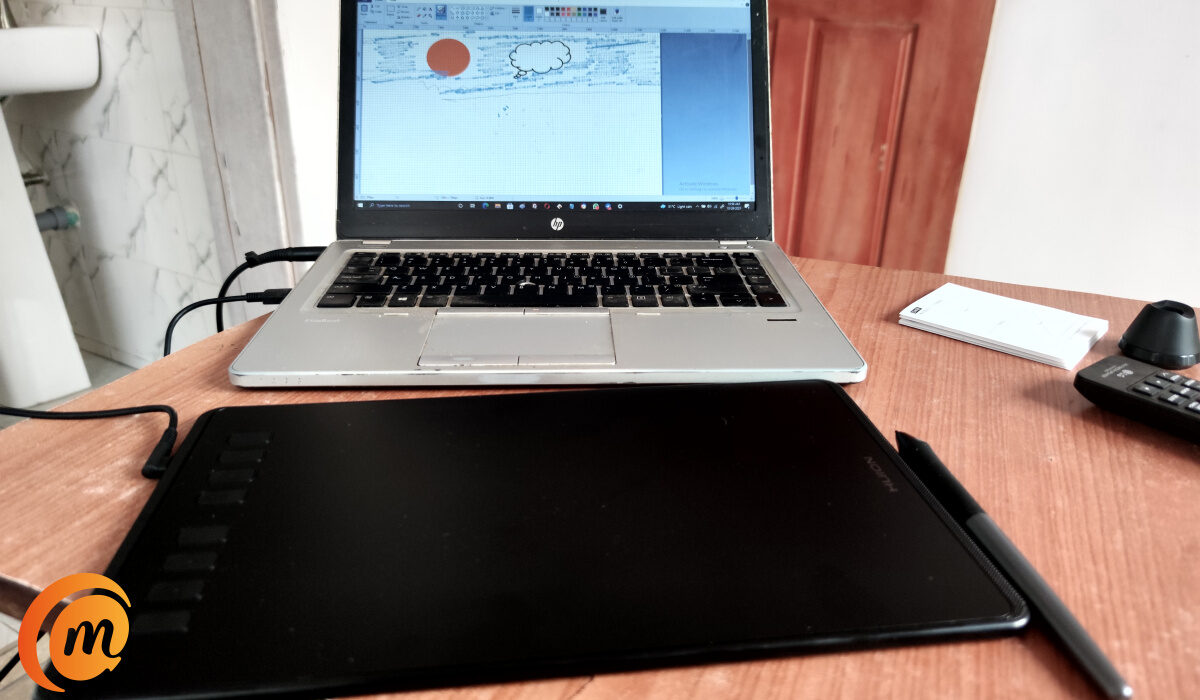I got my hands on two graphics drawing tablets from Huion yesterday, and it triggers memories from my past as a student who excelled at drawing and painting. I am certainly excited about the possibilities.
Drawing is one of my natural inclinations. As a child in school (primary and secondary), I excelled at Fine Art and Technical Drawing, and I eventually went on to university to study Architecture. As you can imagine, I spent a huge chunk of my childhood life drawing.
As a matter of fact, I also went on to script, draw, and publish a number of comic book titles with my own characters. All of these happened in the days when I had access to only pencils, pens, and brushes. I did not have the advantage of access to digital creation tools back in the 80s and 90s.
After school, as an adult, I put drawing aside and pivoted to tech. As such, I have not done anything serious in the direction of art in two decades. Sometimes I wonder if I can still draw actually. I guess I am going to find out the hard way now.
Anyway, yesterday, some new creative tools arrived here at MobilityArena – two graphics drawing tablets by Huion, a Chinese brand. Despite the name, a graphics drawing tablets is not like the regular tablet you know. This is an electronic drawing pad that lets you draw on your non-touchscreen desktop, laptop, or smartphone.
Table of Contents
How a graphics drawing tablet works
You connect the tablet to a desktop, laptop, or smartphone and then use an electronic pen to draw on it. Your strokes are transferred to the screen. You can draw, paint, erase, and do anything you ordinarily do with a pencil, own, and brush.

The drawing tablet has no battery and so draws its charge (minimal) from the device it is connected to. I tested it with my smartphone and it works. Your phone must support OTG (USB on the go) though, for it to work.
It is compatible with Windows, MacOS, and Android OS devices.
First impressions using a graphics drawing tablet
At first connection with my Windows 10 laptop, the system searched for the driver and automatically installed it within moments. It was quite seamless, and I was ready to start using it immediately.
Using a graphics drawing tablet and pen takes some getting used to, if you are new to it, like I am. You have to learn the limits of the drawing area on the tablet. You have to get used to pointing and clicking on icons and menus on your laptop with the electronic pen, instead of with a mouse.
The learning curve isn’t steep, but it feels strange initially and mistakes happen. The drawing pad and pen themselves do exactly what they are supposed to do, which is good. So far, I have had no issues with using them.
Huion sent in two models – Inspiroy H950P and Inspiroy H610PRO v2. The latter is much bigger and has more functionality. I haven’t used it yet. I figure I will get used to working with the more basic model first before graduating to the more advanced one.
If I get this right, expect to see some interesting works of digital art from yours truly in a while. And you just might see the rebirth of my AquaLord comic books too. Quite a number of people from way back have asked me about them.
Visit the Huion official store on Jumia HERE to pick from a range of available models.
As an aspiring artist looking to reignite my creativity, this article on Huion Professional Graphics Drawing Tablets is incredibly inspiring. The detailed review highlights how these tablets can truly reboot one’s artistic journey with their advanced features and responsive stylus. It’s fascinating to see how technology like this can bridge the gap between traditional and digital art forms, offering new possibilities and creative freedom. If you’re curious about exploring digital art or enhancing your current setup, definitely give it a read!